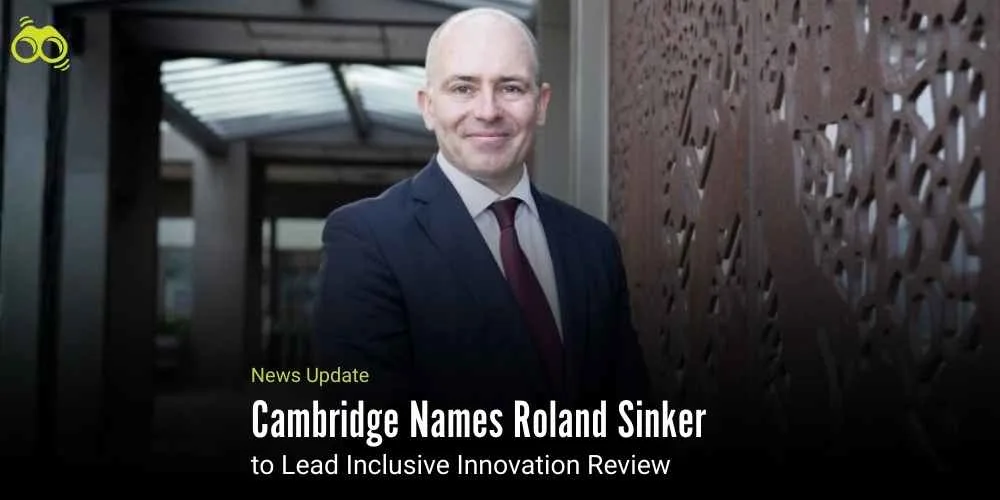NEET PG 2025 Marks a Strategic Reset in Medical Admissions
NEET PG 2025 Announced: Key Dates, Eligibility, and Admission Criteria
The National Board of Examinations in Medical Sciences (NBEMS) has declared the NEET PG 2025 results on its official website, natboard.edu.in, informing candidates that they may now access their scores online using their application number and date of birth. Stressing its no re-evaluation policy, the board made clear that requests for re-checking, re-evaluation, or re-totalling would not be entertained under any circumstances.
This year witnessed record participation and exam logistics, with more than 2.42 lakh candidates appearing for the test, which was held in a single shift across 301 cities and 1,052 centres, in line with a Supreme Court directive designed to ensure fairness and to avoid the complications of score normalisation. The cut-off marks and percentile criteria were also announced, reflecting the minimum requirements for admission into postgraduate medical courses such as MD, MS, DNB/DrNB (Direct 6-Year) programmes, and PG diploma courses in medical education. For the General and EWS categories, the qualifying threshold was fixed at the 50th percentile (276 marks out of 800); for the General PwBD category it was the 45th percentile (255 marks); while candidates from SC, ST, and OBC groups, including PwBD, were required to secure the 40th percentile (235 marks).
The board confirmed that individual scorecards will be available for download from 29 August 2025 and may be accessed for only six months, with candidates advised to retain printed copies for use during counselling and PG admission. Those who qualify must take part in centralised counselling conducted by the Medical Counselling Committee (MCC) for All India Quota seats, whilst state authorities will oversee state-level counselling with separate merit lists and reservation provisions. All admissions, however, will remain provisional until document verification is completed, with any discrepancies leading to the possible cancellation of candidature.
Officials further highlighted the seat matrix and college distribution, noting that there are 49,873 postgraduate medical seats across 557 colleges, of which around 55% lie in government institutions and 45% in private colleges. The most sought-after programmes continue to be MD, MS, DNB (Broad Speciality), DrNB (Direct 6-Year), and PG diploma courses. Reflecting on recent years, authorities observed that the cut-off trends had fluctuated considerably. In 2023, the qualifying percentile had been reduced to zero for all categories, while in 2024, percentiles were declared but raw marks withheld owing to dual-shift normalisation. By contrast, the 2025 examination returned to fixed percentile and score-based cut-offs, aligning more closely with the 2022 benchmarks, a shift that demonstrates the impact of policy and exam structure changes rather than simply candidate performance.
Observers stressed the importance of NEET PG in career pathways, pointing out that it remains the sole gateway to postgraduate medical education in India, shaping entry to clinical specialisations, advanced training, and future employment. They added that qualifying scores directly influence career prospects in high-demand disciplines such as radiology, dermatology, and general medicine. The NEET PG 2025 examination has once again reinforced its role as a decisive milestone in health and medical education news, determining both access to postgraduate study and the professional futures of thousands of aspiring doctors.
Editor’s Note:
The NEET PG 2025 results reflect a notable shift in how postgraduate medical admissions are being managed in India. Over the past three years, the exam has seen considerable changes, some driven by policy decisions, others by legal interventions. This year’s approach marks a return to clarity, consistency, and standardised benchmarks. In 2023, the qualifying percentile was reduced to zero for all categories. While this allowed more candidates to enter the counselling process, it raised concerns about the dilution of merit and the long-term impact on postgraduate training standards. In 2024, the exam was held in two shifts, and although percentiles were declared, raw scores were withheld due to complications with score normalisation. This made it difficult for candidates to assess their performance accurately. By contrast, the 2025 examination adopted a single-shift format across all centres, following a Supreme Court directive aimed at ensuring fairness. The National Board of Examinations in Medical Sciences (NBEMS) reinstated fixed percentile and score-based cut-offs, with 276 marks set as the qualifying score for General and EWS candidates. This move has helped restore transparency and comparability, aligning more closely with the 2022 framework. Despite record participation, over 2.30 lakh candidates, the overall pass percentage this year was slightly lower than in previous cycles. Approximately 55% of candidates qualified in 2025, compared to 59% in 2024 and 57% in 2023. This suggests that the exam may have been more competitive or that stricter cut-off enforcement was applied. Female candidates continue to outperform males in qualification rates, reflecting increasing gender parity in medical education. Qualified candidates can download scorecards from August 29th and prepare for centralised MCC counselling and separate state-level counselling. Admissions are provisional until document verification; retain printed scorecards.
Skoobuzz observes that NEET PG 2025 has reaffirmed its role as a decisive milestone in India’s medical education system. With renewed focus on fairness, transparency, and merit, this year’s exam sets a more stable foundation for future reforms and the thousands of aspiring doctors seeking postgraduate training.














0 Comments (Please Login To Continue)